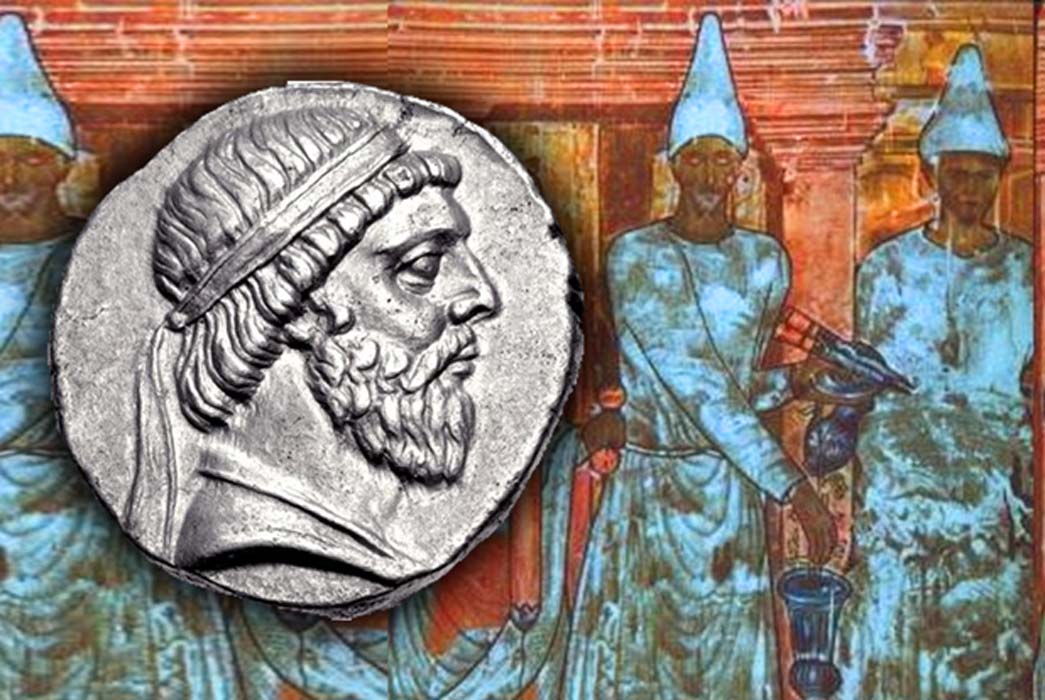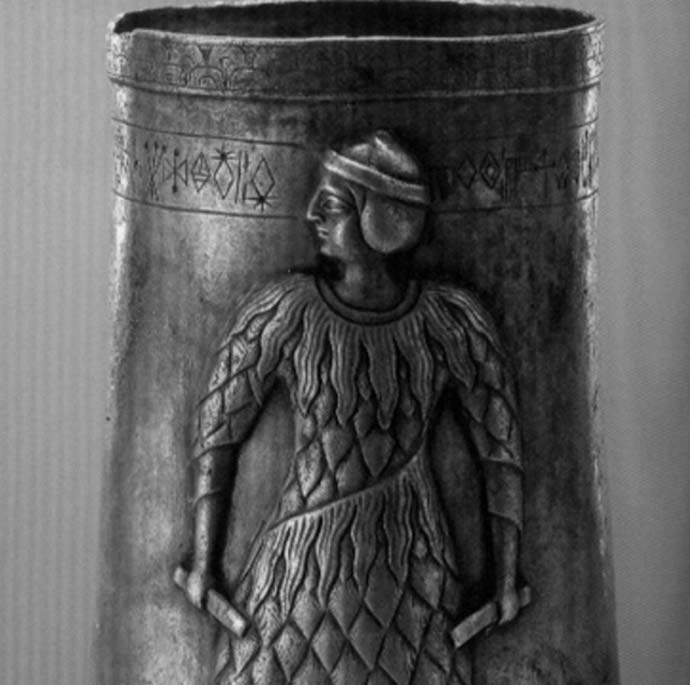
Mithridates Clashes with Kings and Swallows up Territory: The ‘King of Kings’ of Ancient Iran — Part II
Mithridates (“The Gift of Mithra) exhibited qualities that most kings rarely have: experience and maturity. He understood that a king could retain his power only as long as the people and nobles were treated fairly.
To the benefit of his people, his empire marched east, gobbling up lands and kingdoms, such as Bactria and Media, and continued until Parthia’s border touched India. Mithridates was patient, and struck when targets were vulnerable, and finally he turned his attention toward Mesopotamia and continued conquering with ease. His achievements consolidated the future of Parthia’s power for centuries to come.

Infantry soldier, from the Iranian Parthian Dynasty (247 BC - 224 AD) (Fabien Dany - www.fabiendany.com/CC BY-SA 2.5)
Mithridates’ conquest of Media opened up even further expansion towards the west. The impact he had on the Seleucid Empire was tremendous. The loss of key territory included the rich trade routes (Silk Road and the Persian Royal Road) that ran through the eastern provinces, but also the manpower and resources the Seleucids used for military and financial purposes.
Mithridates Pushes into Babylonia
After conquering the Median region, Mithridates marched back to Hyrcania, where he would reside for four years. It was within this time (around 145 BCE) that the Elamite king, Kammaskiri left Elam to conduct a campaign in Seleucid Mesopotamia.

Silver cup with linear-Elamite inscription on it. Late third millennium BC. (Zereshk/CC BY-SA 30)
In response, the Seleucid general Ardaya, stationed in Babylonia, mustered his forces and pushed out of Babylon to counter the Elamite forces. Kammaskiri, during this time, was freely plundering the cities of Babylonia with no real resistance and seems to have left before Ardaya arrived. Soon after (around 144 BCE), Mithridates reappeared on the scene making his way towards Seleucid Mesopotamia. He entered Seleucia, the former Seleucid capital, possibly unchallenged, and captured it.




